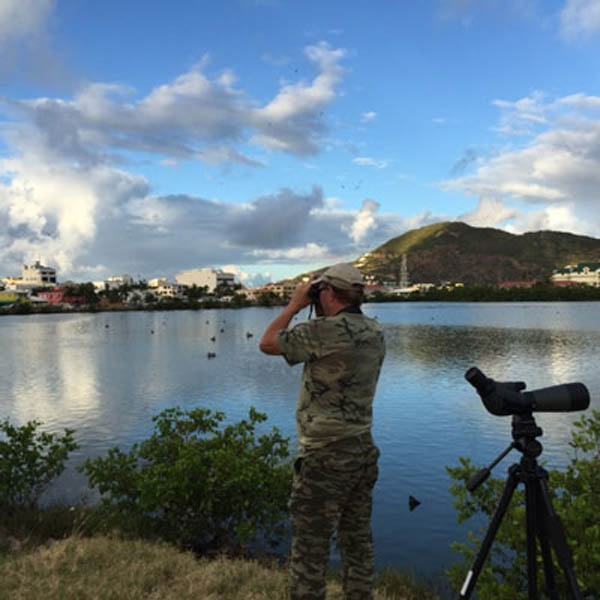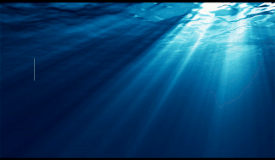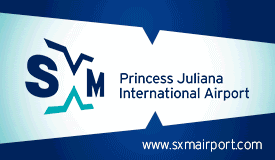 St. Maarten Wetlands Some of the Most Important Bird Areas in Region. Birding Tourism Untapped Billion Dollar Industry
St. Maarten Wetlands Some of the Most Important Bird Areas in Region. Birding Tourism Untapped Billion Dollar Industry
COLE BAY:--- The St. Maarten Nature Foundation in partnership with local bird expert and volunteer Binkie van Es and the Dutch Caribbean Nature Alliance will be submitting information for the Caribbean Wide Waterbird Census, the recording of which happened on Saturday the 31st of January commemorating World Wetlands Day. With many species of waterbird in decline around the world, van Es recently joined conservationists from all six islands of the Dutch Caribbean for the first time in order to consider how to monitor and conserve the islands' wetland birds, including eight globally threatened or near threatened species.
Nearly one in five waterbird species are considered globally threatened mainly due to human impact on their habitat from pollution, land conversion and tourism development. The birds are important not only as part of the islands' biodiversity, but their populations are early indicators of the health of wetland areas.
A number of declining shorebirds utilize wetlands in the Caribbean as places to rest and refuel on their long migration flights and several species have substantial populations which spend the winter on these same wetlands. Conserving and managing these wetlands is a key component in providing for the year round habitat for many of these birds.
One of our most 'at risk' birds is the globally threatened Caribbean Coot (Fulica caribaea). Other 'at risk' species include the Semipalmated Sandpiper (Calidris pusilla), Buff-breasted Sandpiper (Calidris subruficollis), Chimney Swift (Chaetura pelagica), Piping Plover (Charadrius melodus), Snowy Plover (Charadrius nivosus), Olive-sided Flycatcher (Contopus cooperi), and Reddish Egret (Egretta rufescens).
The monitoring will be part of a regional Caribbean, multi-partner wetland monitoring initiative led by BirdsCaribbean, which organizes an annual regionwide count over three weeks beginning in mid-January. The count provides a "snapshot" of waterbird population numbers and habitat use throughout the Caribbean. During the bird counts on Saturday some twenty different bird species were counted around the Great Salt Pond.
The program is being run by BirdsCaribbean's Executive Director and bird expert Dr. Lisa Sorenson, along with Jeff Gebraecht, eBird manager and neotropical bird expert from Cornell University Lab of Ornithology. The workshop was funded by Environment Canada and Vogelbescherming Nederland.
The census will record birds on most of Sint Maarten's ecologically important wetlands including the Great Salt Pond and Mullet Pond, which is currently waiting its approval as a RAMSAR Wetland of International Importance.
Wetlands, including the Great Salt Pond, besides being essential bird habitat for Sint Maarten, are also important in controlling flooding in the districts caused by heavy rain and providing habitat for many different bird species. The United Nations Environment Program considers wetlands as one of the most important biodiversity habitats within the wider Caribbean.
Bird Tourism is also a billion dollar a year industry with many travelers paying large sums of money to see and photograph birds. On Sint Maarten there are increasing requests from foreign visitors to photograph the many birds in our wetlands. Though there are a few companies offering birding tours, birding tourism remains an untapped yet potentially resource for Sint Maarten's sustainable development.













